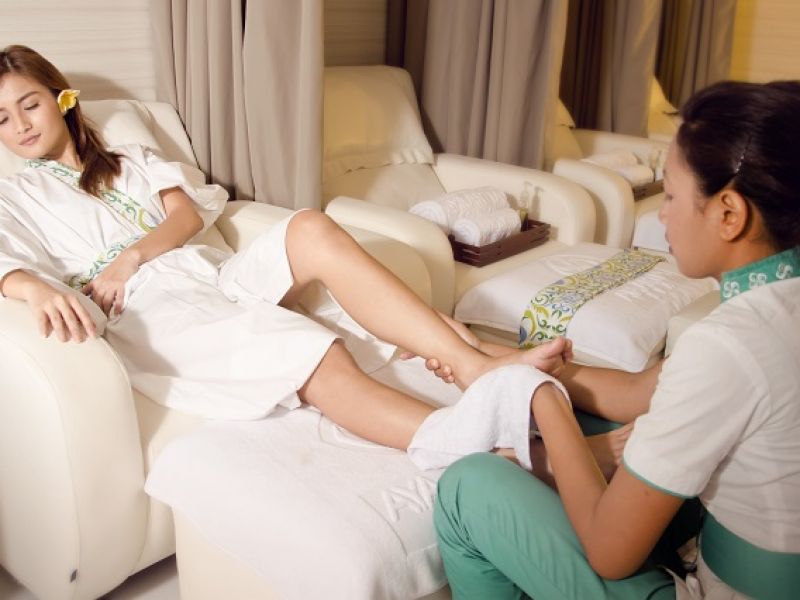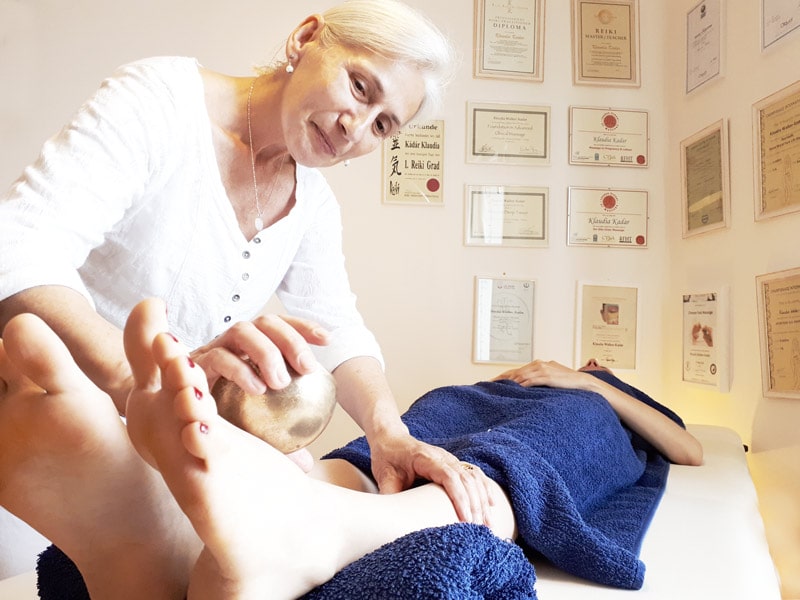They support us, they transport us, we practice sports with them and we try to make them look good with certain shoes. The feet. Our feet. The great forgotten ones. We often take less care of them than we should. For example, how often do we moisturize our hands? How often do we moisturize our face? And our feet?
When we do not punish them with certain types of shoes or footwear. However, our feet say a lot about us and they also have to do with our health. Today we focus our attention on our feet and we do it with foot reflexology. Our feet can be prevention and treatment of various pathologies and disorders.
Therefore, we are going to talk about seven curiosities and important points that not everyone knows:
1.) The origin of foot reflexology is not of the 20th or 21st century but goes back thousands of years. Different cultures already used the feet as the starting point for the treatment of different pathologies. For example the Egyptians where there are papyrus of these treatments.
The Cherokee culture in the United States, the Mayan or Inca culture also used the feet although it is the Chinese culture where it acquires its greater development. Already in the twentieth century the American William Fitzgerald was the driving force behind current reflexology. It was established that the human body is crossed in a longitudinal sense by ten meridians and five in each half of the body.
2.) Our feet are connected to all areas and organs of our body through more than 7,200 nerve endings that are concentrated in our feet. Reflexology is based on the fact that the whole body is represented schematically in the foot. Another of its principles is the beneficial use of the reflexes produced by massaging the feet.

And depending on the zone of the foot that the therapist stimulates or treats, the benefits will go to an organ or zone of the body through those nervous and energetic channels. In reflexology it is stated that certain points of the feet become more sensitive when there is a health problem elsewhere in the body.
Even increased pain in certain points of the feet would indicate the presence of the condition. Massage in those areas of the foot connected to the affected area, through stimulation, helps alleviate the symptoms of the original problem and prevent other symptoms. In addition, foot massage contributes to a feeling of relaxation, tranquility and anti-stress.
3.) Reflexology is relaxing, relieves stress and activates and improves blood circulation. It serves to treat and prevent disorders, illnesses and situations caused by daily stress and tension. Always complemented with other medical treatments and not replacing them. Among the disorders and benefits to be treated by reflexology are problems related to sleep and migraines.
It also activates the immune system, has a beneficial impact on problems such as high blood pressure or cholesterol. We will find benefits on problems such as depression, as well as helping to reduce pain and stress.
It is also used to improve the postoperative situation, both by stimulating the lymphatic reflex areas, as well as at the level of the operated area and emotionally. Of course reflexology improves back problems and contractures, rheumatic pains, lumbago, fibromyalgia…
4.) Foot reflexology, with any other therapy, is not miraculous, but there are certain ailments that are noticed from the first session. For example, in some acute pains, such as menstrual pain, or digestive problems, we will see how the discomfort disappears completely. However, it is normal that several sessions are needed to treat any problem, especially when it is something chronic or has been bothering us for some time.
That is why we always recommend that you tell our reflexologist or therapist what is bothering you before each session, so that we can focus the treatment and see approximately how many sessions will be needed. This estimate will be initial, as each person and each condition has a different process and it is very difficult to give an exact figure. However, it is the same person who will notice improvement.
5.) The sessions vary between 40 and 55 minutes. It is recommended that the stimulus or reflex in each foot or area does not exceed 20 or 25 minutes but it depends on each person. And to begin with, a frequency of one session per week is positive. There are people who want to try reflexology in less time.
We must inform, that it is impossible, since only the preparation and warm-up massage lasts about 10 minutes per foot. That means that the shorter massages will be relaxing foot massages, but never a foot reflexology.
6.) We also recommend one or two hours of rest after the session. Normally there are no adverse reactions after the sessions, but there are people for whom the reflexology session activates thirst or the urinary system by increasing the elimination of toxins.
7.) It is important to inform the professional if we have just gone through a process of fever, if we have diabetes or a coronary situation such as a pacemaker or have suffered from angina pectoris because in these cases there may be contraindications. Also in the case of pregnancy is very important not to perform this massage because there are points that can cause the abortion.
Foot reflexology is a positive treatment to prevent and improve certain disorders and pathologies. And it will always be a beneficial treatment to lower our stress levels and increase our well-being.


